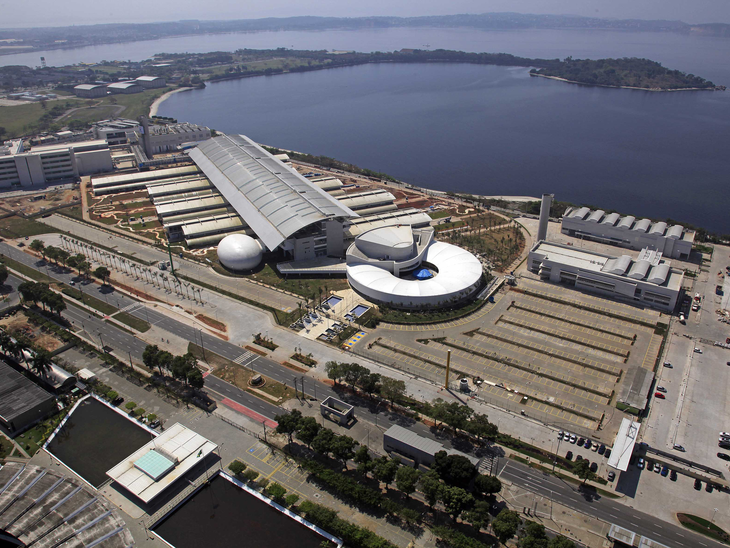
Petrobras Agency

Photo: 06/10/2010-Leopoldo Américo Miguez de Mello Center for Research and Development (CENPES), on Fundão Island, in Rio de Janeiro
Research project results improved the company’s productivity during the year
Technological solutions that have guaranteed innovation and productivity gains are the highlights of Petrobras’ 2014 Technology Report. This document, published by Petrobras on Tuesday, September 21, describes research and development (R&D) projects carried out by the Leopoldo Américo Miguez de Mello Research and Development Center (Cenpes) in conjunction with the company’s business areas. Over the course of last year, Petrobras invested US$1.1 billion in R&D, making it one of the biggest investors in research among the world’s energy companies. Between 2012 and 2014, the total amount invested by the company in the research and technology area amounted to US$3.4 billion. In 2014, to conduct its projects, Cenpes worked in partnership with around 100 Brazilian universities and research centers, and 35 in other countries. In December 2014, Petrobras had 808 cooperation agreements in place with research institutions in Brazil and 32 with institutions elsewhere.
In 2014, Petrobras carried out 918 R&D projects and Cenpes’ technicians delivered more than 4,000 technical and scientific consulting assignments for the company’s business areas. In Brazil, Petrobras filed 61 requests for patents and obtained 28. In other countries it requested 34 patents and obtained 38.
Award-winning innovation
Petrobras’ 10 pre-salt-related technological innovations that led to an award this year from the committee that runs the Offshore Technology Conference (OTC) – the most important event in the oil industry – are presented in the report. These innovations have contributed to a series of pre-salt production records, the latest being 865,000 barrels per day, achieved in July of this year. One of the award-winning technologies is a buoy used to support risers (pipelines). This is a steel device that is placed in the ocean, at a depth of 250 meters. The buoy interconnects risers installed in oil wells to a platform ship, ensuring that the platform’s movements are not transmitted to the risers. This reduces the strain on the risers, extending their lifespan. The start-up of Sapinhoá field in 2014 using a production system incorporating this buoyancy-supported riser method is one of the highlights of Petrobras’ exploration and production technology results presented in the report.
In addition to other highlights in the Exploration and Production area, the report also describes projects in the Downstream, Gas and Electricity, Biofuels and Sustainability areas. In the Downstream area, for example, the document presents the transmission oil developed by Petrobras for Williams’ Formula 1 racing cars, used by the English team at seven Grand Prix races in 2014. In the Sustainability area, the report describes studies to characterize and monitor the marine environment, helping to improve Petrobras’ environmental management in its areas of activity.
Petrobras’ 2014 Technology Report is available at www.petrobras.com.br/relatoriodetecnologia

Contact us
2